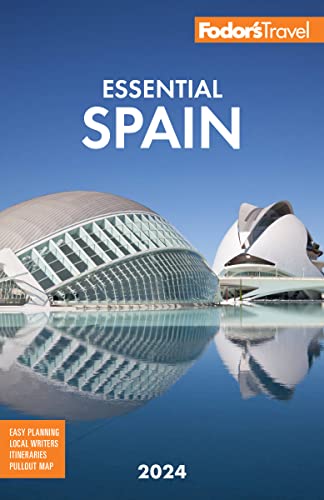Getting Oriented
The bewitching provinces of Galicia and Asturias lie in Spain's northwest; these rugged Atlantic regions hide a corner of Spain so remote it was once called finis terrae (the end of the earth).
- Santiago de Compostela. For centuries a destination for Christian pilgrims seeking to pay homage to St. James.
- Ourense and La Ribeira Sacra. An attractive medieval quarter and bubbling thermal springs.
- Lugo. Beautifully preserved Roman ramparts.
- Muxia. A small fishing village in stunning surrounds.
- Fisterra. Once considered the end of the earth, now the unofficial added-on end of the pilgrimage for many.
- Muros. Famous for its 6 pm fish auction.
- Cambados. Charming seaside town and home to Albariño white wine.
- Pontevedra. Base for exploring the Rías Baixas.
- Vigo. A formidable port, red-roofed fisherman's houses, and appealing old town.
- Baiona. Home to one of Spain's most popular paradores.
- Tui. An important border town.
- A Coruña. Lots of interesting sights and a buzzing nightlife scene.
- Betanzos. A charming medieval town.
- Viveiro. Great beaches make this a popular summer resort.
- Luarca. Cobblestone streets, stone stairways, and whitewashed houses.
- Oviedo. A city of ancient charm and youthful energy.
- Gijón. An ancient Roman port with lively bars.
- Ribadesella. Famous for its seafood, its cave, and the canoe races.
- Llanes. Beach town with colorful houses with glass galleries against a backdrop of the Picos de Europa.
- Cangas de Onís. The unofficial capital of the Picos de Europa National Park.
- Potes. Known for its fine cheeses and 9th century monasteries.
- Santander. Busy port with great beaches.
- Santillana del Mar. Home to some of Spain's most stunning 15th- to 17th-century stone houses.




